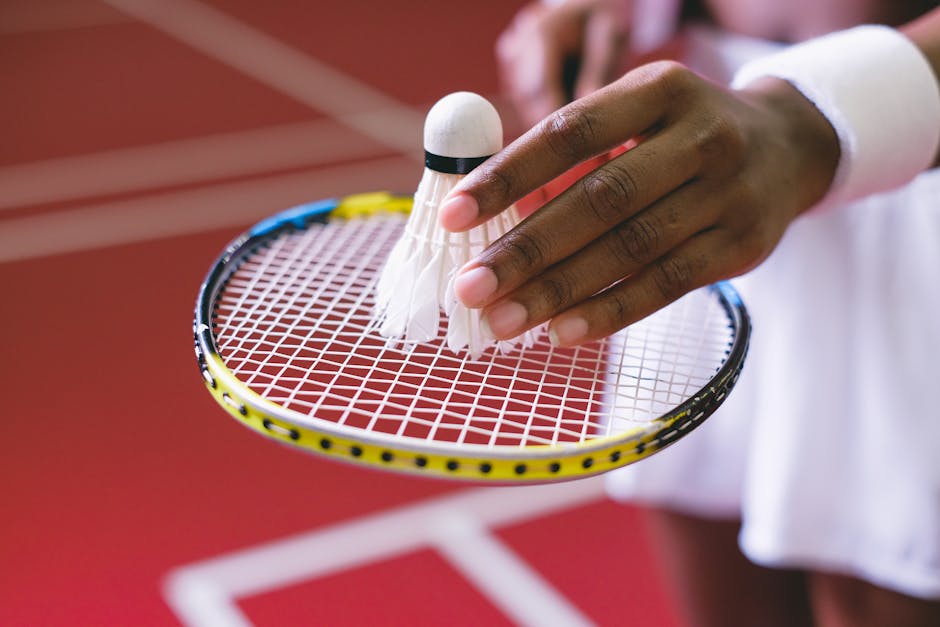Badminton, a sport of speed, agility, and precision, demands the right equipment. At the heart of this dynamic game lies the badminton racket, a tool that can significantly impact your performance on the court. Whether you're a seasoned player or just starting out, understanding the nuances of racket selection is crucial for maximizing your game and enjoying the sport to its fullest. Choosing the right racket can be the difference between a frustrating experience and a truly rewarding one.
There's a wide variety of badminton rackets available, each designed with specific playing styles and skill levels in mind. Understanding the key features and how they influence your game is the first step in making an informed decision. Factors such as weight, balance point, shaft flexibility, and string tension all contribute to the overall performance of a racket. A lighter racket, for example, allows for quicker swings and better maneuverability, while a heavier racket can generate more power.
The balance point of a racket determines how it feels in your hand and affects your swing speed and control. A head-heavy racket provides more power, while a head-light racket offers better control and maneuverability. Shaft flexibility also plays a vital role. A flexible shaft is ideal for beginners as it provides more power even with slower swing speeds. A stiffer shaft, on the other hand, offers more control and is preferred by advanced players with faster swings.
String tension is another crucial factor to consider. Higher string tension provides more control but less power, while lower tension offers more power but less control. Finding the right balance between power and control is essential for optimizing your game. Experimenting with different tensions can help you determine what works best for your playing style.
When choosing a racket, it's essential to consider your skill level and playing style. Beginners should opt for a lighter, head-light racket with a flexible shaft and lower string tension. This combination provides easier handling, more power, and a larger sweet spot, making it easier to hit the shuttlecock effectively. As you progress, you can gradually move towards heavier rackets with stiffer shafts and higher string tensions.
Intermediate players can choose rackets with a more even balance and medium shaft flexibility. This allows for a blend of power and control, catering to a more versatile playing style. Advanced players often prefer heavier, head-heavy rackets with stiff shafts and higher string tensions, enabling them to generate maximum power and precision in their shots.
Beyond the technical specifications, the grip size of the racket also plays a significant role in comfort and control. Choosing the right grip size is crucial for preventing blisters and ensuring a firm and comfortable hold. Most rackets come in various grip sizes, so it's essential to try out different sizes to find the one that fits your hand perfectly.
Ultimately, the best way to choose a badminton racket is to try out a few different models and see what feels right for you. Visit a reputable sports store and ask for advice from experienced staff. They can help you narrow down your choices based on your skill level, playing style, and budget. Taking the time to find the right racket can significantly enhance your badminton experience and help you reach your full potential on the court.
